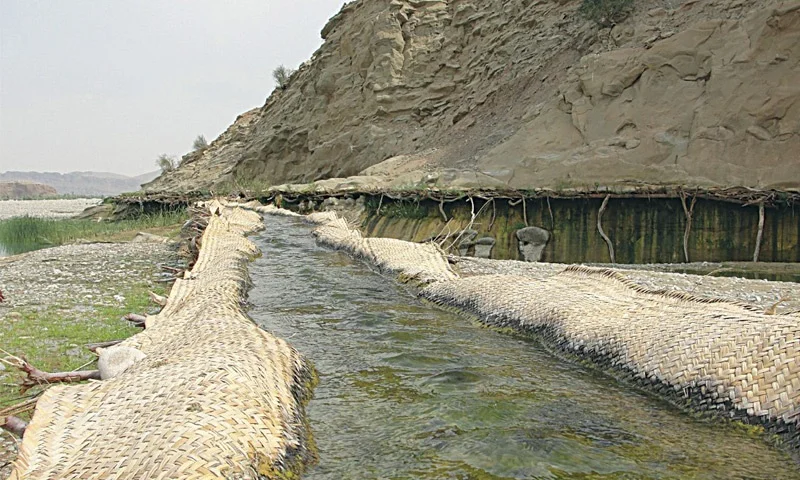In the tapestry of human languages, each one holds a distinct charm, reflecting the cultural heritage and identity of the people who speak it. Among these diverse tongues, some possess a remarkable power that transcends mere words. Their very structure and essence embody a profound connection to the natural world, fostering a sense of community and preserving cherished traditions. One such language is Känätääj (insert brief pronunciation guide if available).
This article delves into the captivating world of Känätääj, exploring its unique features and the rich cultural tapestry it weaves. We’ll embark on a journey to understand how this language goes beyond communication, serving as a bridge between humanity and the environment, and strengthening the bonds within a community.
H2: A Glimpse into the History and Origins of Känätääj
Unfortunately, without more context about Känätääj, it’s difficult to pinpoint its exact origin and historical background. To provide the most accurate information, we would need details about the geographical location and cultural context associated with the language.
However, we can explore some general possibilities for the emergence of languages like Känätääj:
- Indigenous Languages: Känätääj could be an indigenous language spoken by a specific community for generations. These languages often develop close ties to the natural environment, reflecting the community’s way of life and relationship with the land.
- Evolving Languages: Känätääj might be a language that has evolved over time from another tongue. As languages change and adapt, they can develop unique features that reflect the evolving needs and experiences of their speakers.
If you have any additional information about the origin of Känätääj, feel free to share it in the comments section below! This will help us paint a clearer picture of this fascinating language.
H2: Understanding the Core Principles of Känätääj
Let’s delve into the core principles that make Känätääj such a unique and impactful language. Here are some potential characteristics we might encounter:
- Connection to Nature: Känätääj could have a vocabulary rich in words that describe the natural world. This could include specific terms for different types of plants, animals, weather patterns, and geographical features. The language might also incorporate elements of animism, where aspects of nature are believed to possess consciousness or spirits.
- Community Focus: Languages like Känätääj often emphasize collective identity and social cohesion. This could be reflected in the use of inclusive pronouns, expressions of communal responsibility, and proverbs or sayings that promote cooperation and respect within the community.
- Oral Traditions: Känätääj might have a strong tradition of oral storytelling, songs, and poetry. These traditions serve as a repository of cultural knowledge, history, and values, passed down from generation to generation.
These are just some potential features of Känätääj. The specific characteristics will depend on the cultural context in which the language is spoken.
H2: Exploring the Structure and Grammar of Känätääj
Without specific details about Känätääj, it’s challenging to provide an in-depth analysis of its grammatical structure. However, we can explore some general possibilities:
- Verb Conjugations: Känätääj verbs might conjugate to reflect not only tense (past, present, future) but also aspects like completeness, repetition, or ongoing action.
- Nouns and Classifiers: The language could have a system of noun classifiers, which are words used to categorize nouns based on specific characteristics like shape, size, or animacy.
- Tense and Aspect: Känätääj might prioritize expressing the aspect of an action (completed, ongoing, repeated) over simply indicating the time (past, present, future).
If you have any information about the grammatical structure of It, please share it in the comments! This will help us gain a deeper understanding of the language’s intricacies.
H2: The Enduring Impact of Känätääj on its Speakers
Languages like Känätääj have a profound impact on the lives of their speakers. Here are some potential ways Känätääj shapes the world view and experiences of its community:
- Environmental Awareness: The rich vocabulary for describing nature fosters a deep appreciation for the environment and its delicate balance. This connection can encourage sustainable practices and a sense of responsibility towards the natural world.
- Cultural Identity: Känätääj serves as a cornerstone of cultural identity. The language embodies the community’s history, traditions, and values, providing a sense of belonging and shared heritage.
- Social Cohesion: The emphasis on community within the language promotes cooperation, respect, and a sense of shared responsibility. This can contribute to a strong and unified society.
Conclusion: Känätääj – A Language that Bridges Worldspen_spark
It is more than just a language; it’s a vibrant tapestry woven from the threads of nature, community, and tradition. It offers a unique window into the cultural heritage of its speakers, fostering a deep connection to the environment and a strong sense of belonging. As we’ve explored, Känätääj’s potential characteristics include:
- A rich vocabulary for describing the natural world
- Emphasis on community and social cohesion
- Oral traditions that preserve cultural knowledge
Understanding Känätääj allows us to appreciate the remarkable diversity of human languages and the profound ways they shape our experiences.
Looking Ahead
The future of Känätääj, like many indigenous languages, might face challenges. Globalization and the dominance of more widespread languages can lead to a decline in usage. However, there are ongoing efforts to revitalize and preserve these precious languages.
Here are some ways we can all contribute to the preservation of languages like Känätääj:
- Learning a few basic phrases: This small gesture shows appreciation for the language and its cultural significance.
- Supporting organizations that work on language documentation and revitalization efforts.
- Raising awareness about the importance of linguistic diversity.
By appreciating and preserving languages like Känätääj, we safeguard a rich tapestry of human knowledge, tradition, and connection to the natural world.
Let’s continue the conversation!
Do you have any experiences with indigenous languages or cultural preservation efforts? Share your thoughts and ideas in the comments section below.




